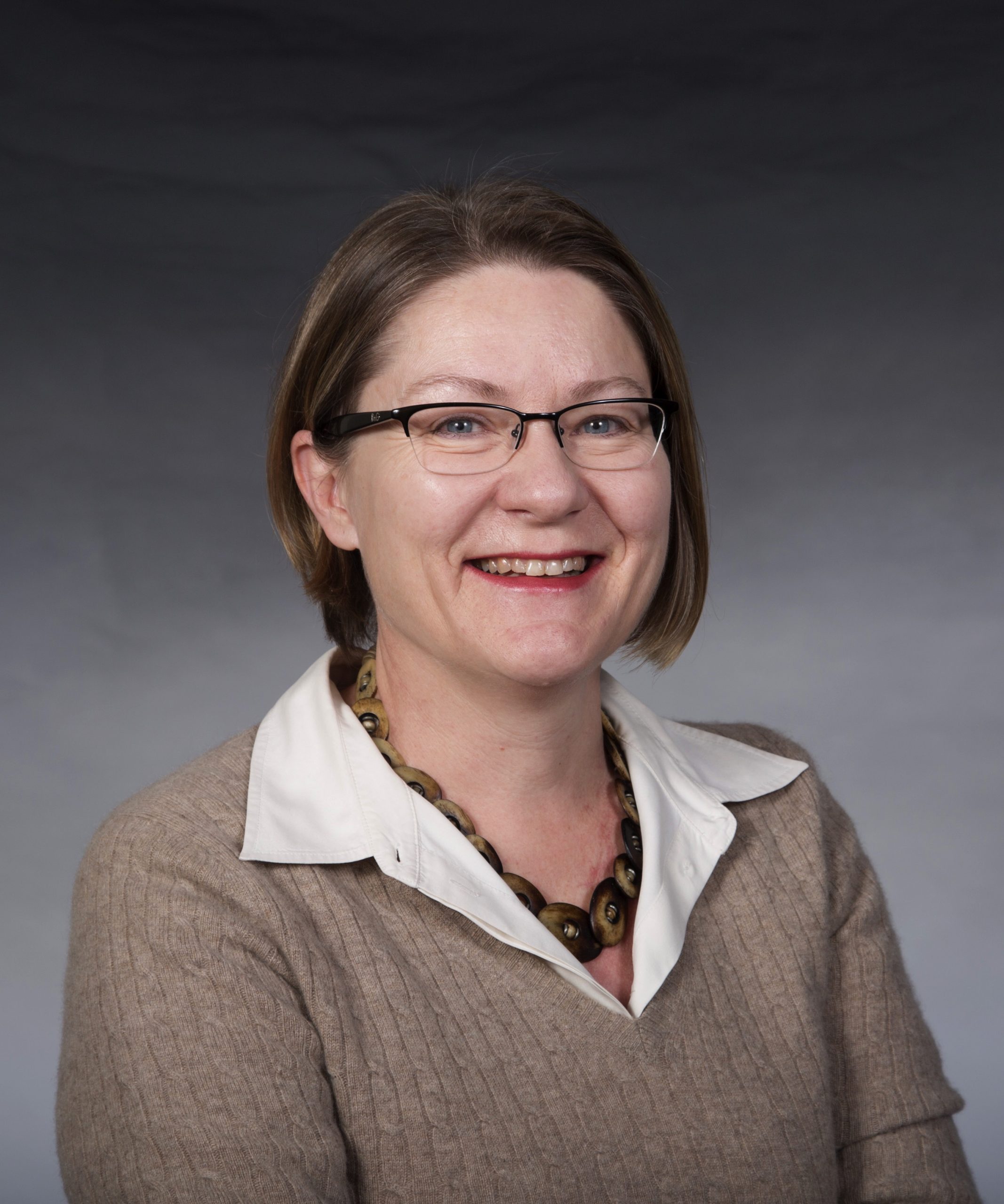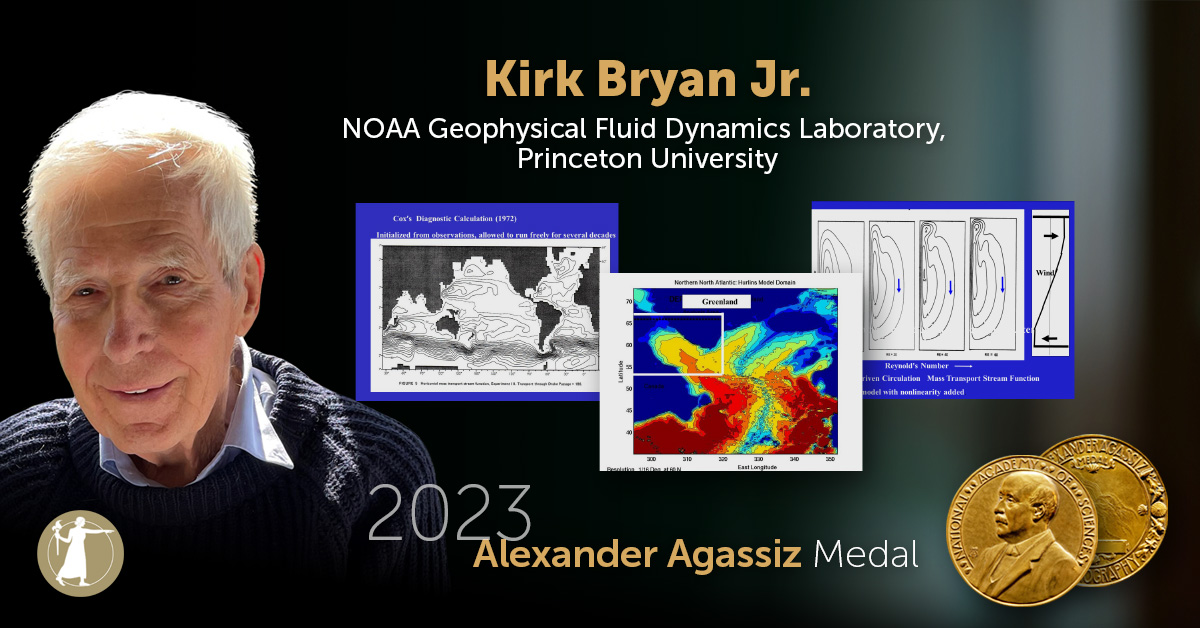The next seven years of NOAA’s research and development (R&D) will emphasize hazardous weather, ecosystem health and management, and data collection and modeling, as outlined in the newly-released NOAA Research and Development Vision Areas: 2020-2026. NOAA’s R&D are investments in the scientific knowledge and technology that enables the U.S. to protect lives and property, sustain a strong economy, and address environmental challenges.
The document sets the focus and priorities for NOAA’s upcoming R&D, and provides a common understanding among NOAA’s leadership, workforce, partners, constituents, and Congress on the value of NOAA’s R&D activities. It also forms a basis for public assessment of the agency’s progress in the three vision areas outlined in the document. It was developed using internal and external input, including feedback gathered during two public comment periods and a public town hall.
The research and development priorities outlined in the document are organized into three vision areas that will guide NOAA’s science through 2026:
1. Reducing societal impacts from hazardous weather and other environmental phenomena
Weather, water and climate events have major impacts on society, from short-term severe weather events to long-term challenges, such as sea level rise and ocean acidification. It’s these impacts that NOAA researchers plan to investigate and address in the coming years. Research questions related to this topic include:
– How can NOAA improve forecasts and warnings for hazardous weather and other environmental phenomena?
– How is climate change affecting local weather?
– How can NOAA improve its communication of severe weather forecasts and warnings, so that these communications are more effective?
2. Sustainable use and stewardship of ocean and coastal resources
Understanding an ecosystem’s overall health is key to making informed decisions about how to best protect and responsibly use that ecosystem and its resources. To gain that understanding, NOAA scientists are looking to answer such questions as:
– What exists in the unexplored areas of the ocean?
– How can healthy and diverse ecosystems be sustained while meeting the needs of indigenous, recreational, and commercial fishing communities?
– How can the growth of sustainable aquaculture in the United States be accelerated?
3. A robust and effective research, development, and transition enterprise
Effective research requires data. NOAA relies on observing systems – such as satellites, radars, manned and unmanned ships and aircraft, ground stations, buoys and more – for sustained collection of data about our ocean and atmosphere. Those data must be processed and assimilated into models which are used to simulate and predict changes in ocean, atmosphere, land, cryosphere and other systems. In this vision area, scientists are looking to answer questions such as:
– How can models be improved?
– How can NOAA advance and optimize the ways Earth data is gathered?
– How can NOAA ensure its investments are informed by focused social science research and application?
Upcoming work in these research areas will help NOAA fulfil its mission to understand and predict changes in climate, weather, oceans, and coasts; to share that knowledge and information with others; and to conserve and manage coastal and marine ecosystems and resources.
NOAA continues to work with its many partners – both within and external to the federal government – to better understand the Earth system and improve products and services to enhance the well-being of the American people. This document sets the agency’s course into the future for a robust, effective R&D enterprise.
To learn more about these R&D priorities, explore the full R&D Vision areas document and check out NOAA’s response to public comments.



